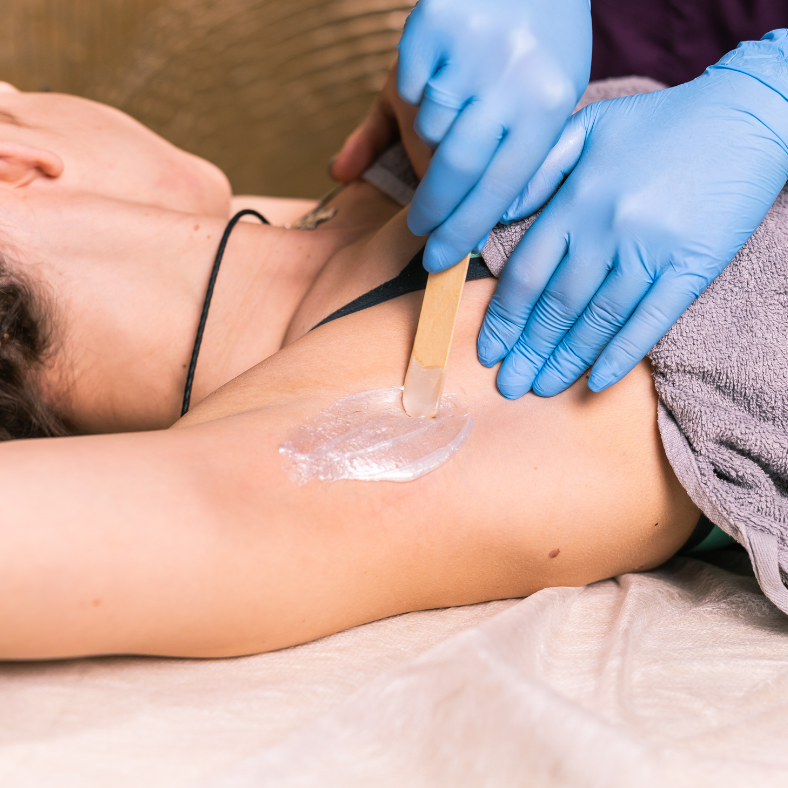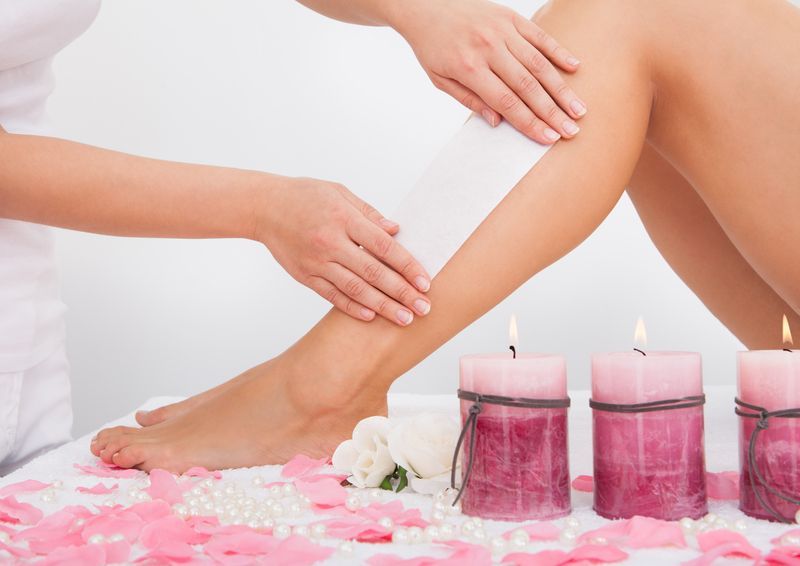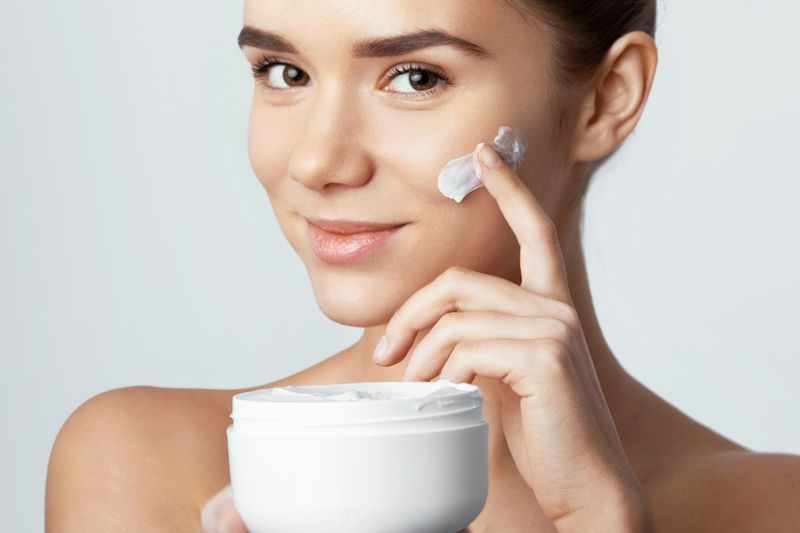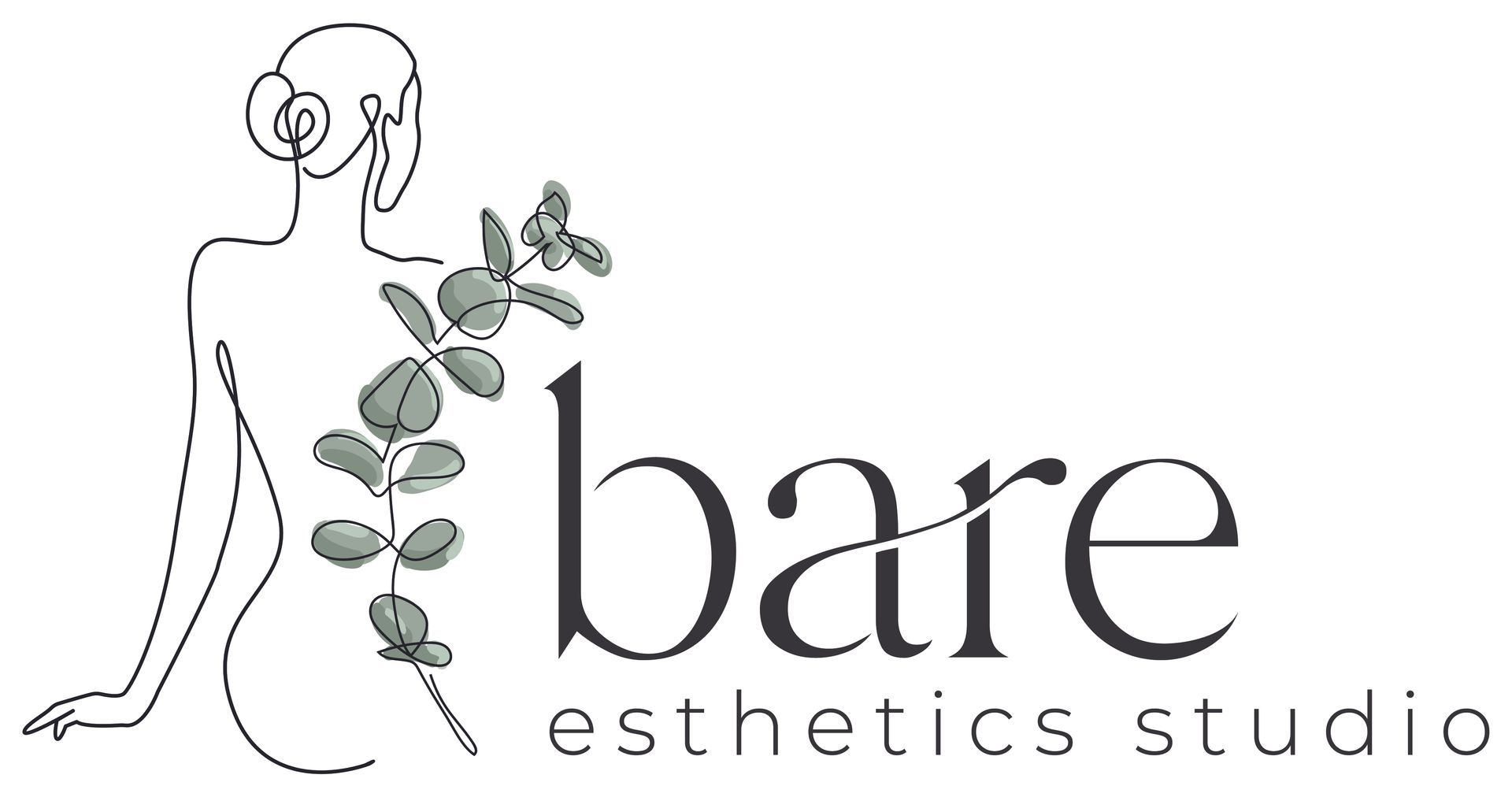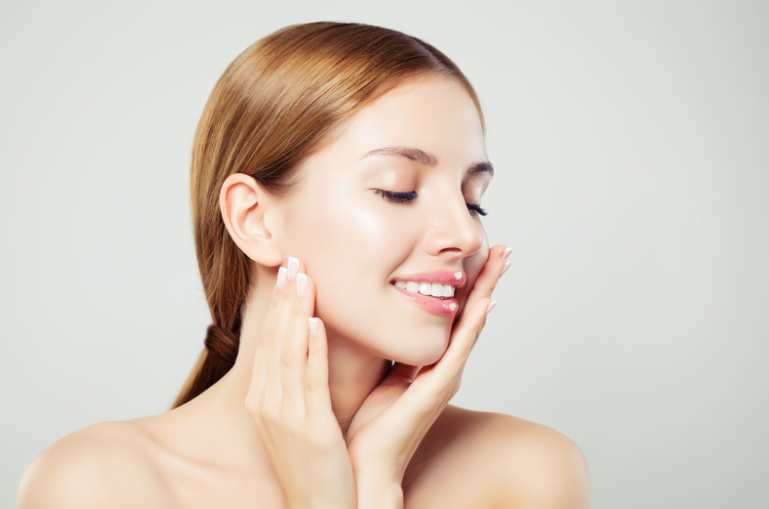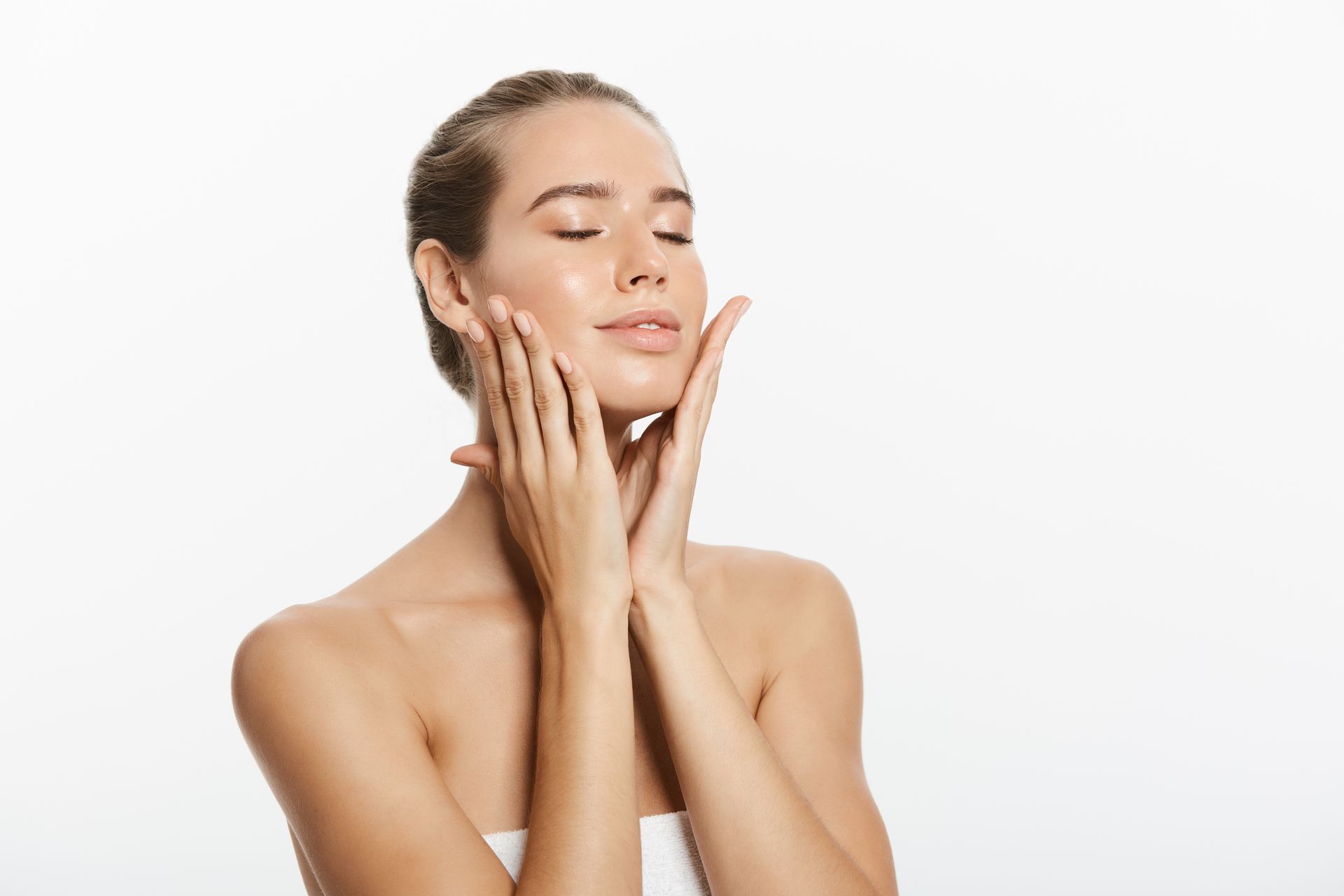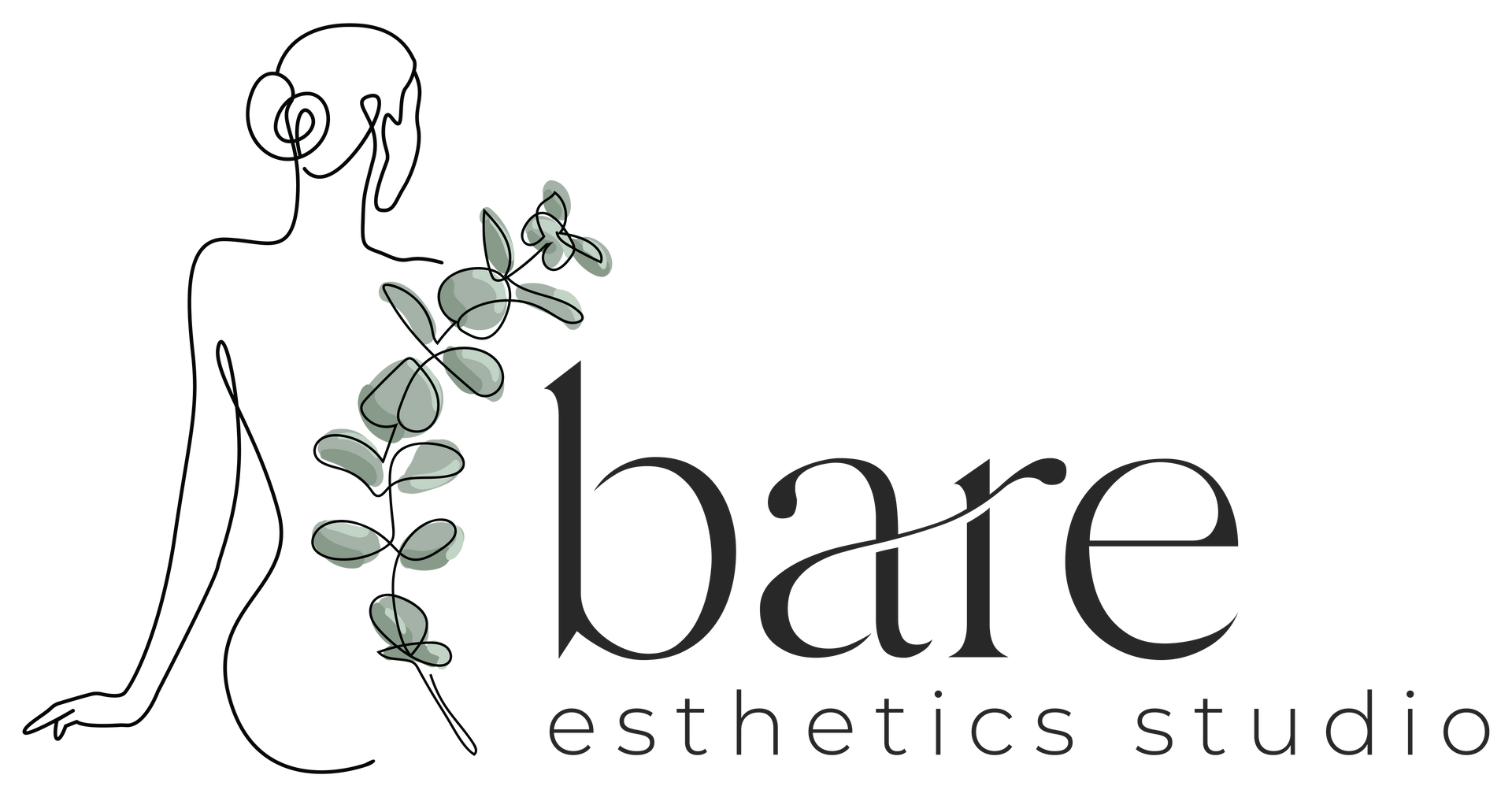Essential Tips for a Comfortable and Effective Waxing Experience
Waxing can be a transformative experience, yielding smooth skin and boosting confidence. However, without proper preparation, waxing may become uncomfortable or less effective. By following a few preparatory steps, individuals can enhance their waxing experience, ensure superior results, and maintain healthy skin. This guide will walk through these essential preparatory measures, highlighting their importance for an optimal waxing session.
Understanding Skin Preparation
Preparing the skin is a vital step in the waxing process. It involves a series of actions taken prior to an appointment that can significantly affect the comfort and efficacy of the waxing experience. Proper skin preparation not only helps in achieving cleaner waxing results but also guards against common post-waxing complications such as irritation and ingrown hairs.
The Importance of Exfoliation
Exfoliation is a critical preparatory step that involves removing dead skin cells from the epidermis. By sloughing away the top layer of dead skin, wax can adhere better to the hairs rather than the skin, which makes the pulling action more targeted and efficient. This can lead to a less painful experience and a smoother finish. It is advisable to exfoliate one to two days before waxing to avoid over-sensitizing the skin.
Maintaining Skin Moisture
Hydrated skin ensures a more comfortable waxing session. When skin is moisturized, the hair shaft is more pliable, and the wax releases more easily from the skin, which can reduce the discomfort associated with waxing. It is essential to moisturize consistently in the days leading up to a waxing appointment, but avoid applying lotions or oils on the day of the waxing to prevent interference with wax adherence.
Avoiding Sun Exposure
The sun can have a significant impact on the skin's sensitivity. UV radiation can cause inflammation and skin weakening, which might exacerbate the pulling sensation during waxing. To minimize these effects, it is recommended to avoid sunbathing or tanning booths at least 48 hours before a waxing session. If sun exposure cannot be avoided, using a broad-spectrum sunscreen can provide some protection.
Hairs of the Right Length
Hair length is an important factor that can affect the success of a waxing session. If hair is too short, the wax may not be able to grip it effectively, leading to uneven results. Conversely, excessively long hair can cause more pain when pulled. The ideal hair length for waxing is approximately a quarter of an inch, or about the size of a grain of rice.
Wearing Comfortable Clothing
The type of clothing worn to a waxing appointment can contribute to the overall experience. Loose, breathable fabrics are recommended, as they will not irritate freshly waxed skin. Clothing that is too tight may cause friction and increase the risk of irritation or ingrown hairs. Consider wearing garments that allow easy access to the area being waxed.
Managing Pain and Sensitivity
While waxing is not painless, the discomfort can be managed. Over-the-counter pain relievers taken about 30 minutes before the appointment can help reduce pain perception. Some also find that taking a warm shower before waxing can open up the pores and soften hair follicles, easing the waxing process. For those with low pain thresholds or undergoing waxing in sensitive areas, a numbing cream may be a viable option.
Timing Your Appointment Appropriately
The timing of a waxing appointment can influence the comfort of the experience. Women may find that their skin is most sensitive around their menstrual cycle, so it may be best to schedule waxing for a week before or after their period. In addition, it is beneficial to avoid caffeine and alcohol prior to waxing, as these can increase skin sensitivity.
Understanding Post-Waxing Care
Immediately following a waxing session, the skin requires special care to recover and remain smooth. Cooling products containing aloe vera or witch hazel can soothe the skin and reduce inflammation. It is also crucial to avoid heat, such as hot baths or saunas, and to continue avoiding sun exposure. Tight clothing should be swapped out for soft, loose-fitting garments to prevent irritation.
Monitoring Skin's Reaction
After waxing, pay close attention to the skin's reaction. While some redness and sensitivity are normal, signs of excessive irritation or allergic reactions should not be ignored. If unusual symptoms arise, such as severe redness, swelling, or blistering, seeking advice from a skincare professional is recommended.
Why Preparations Matter
The steps taken before a waxing appointment are not merely about comfort; they are also about safeguarding the health of the skin. Proper preparation can reduce the chance of reactions(although rare) such as folliculitis and bacterial infections. When proper hygiene and effective skin preparation are prioritized, both the experience and the results of waxing are greatly improved.
The journey to smooth, hair-free skin via waxing involves more than just the act of waxing itself. A regime of thoughtful preparation tailored to the body's unique needs ensures that the process is as pain-free and effective as possible. From exfoliation to post-care monitoring, these measures are integral to a comfortable and successful waxing experience that leaves the skin healthy and radiant.
Ready to experience a waxing session that prioritizes your comfort and skin health? Book your appointment with Bare Esthetics today, where our experienced experts ensure a smooth and effective waxing experience tailored just for you. Don't let preparation woes hold you back—let us guide you through a seamless waxing journey.


